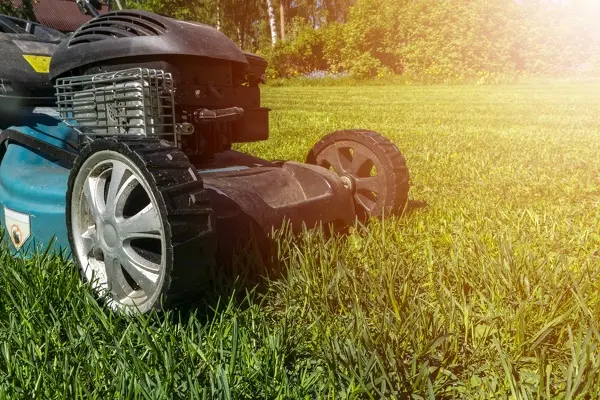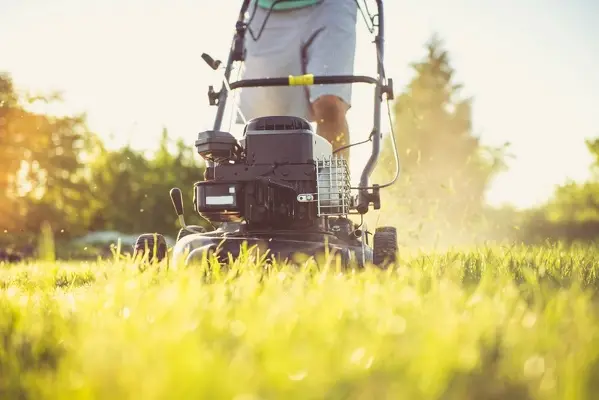Exploring the Dos and Don’ts of Mowing Wet Grass
As the seasons change and rain becomes more frequent, many homeowners face the dilemma of whether it’s safe to mow soggy and wet grass. But can you mow wet grass? While it might be tempting to tackle your lawn care routine regardless of weather conditions, there are essential factors to consider. Here are the dos and don’ts of mowing wet grass to ensure your lawn stays healthy and pristine.

Understanding the Risks
Mowing wet grass poses several risks to both your lawn and your mower. Wet grass is more prone to clumping, which can clog your mower’s blades and hinder its performance. Additionally, mowing wet grass can create an uneven cut, leading to an unsightly lawn and potential damage to the grass blades. Moreover, walking on wet grass can compact the soil, affecting root growth and overall lawn health.
Best Practices for Mowing Wet Grass
If you need to mow wet grass, there are steps you can take to minimize potential damage. Firstly, ensure your mower blades are sharp to create clean cuts and reduce clumping. Adjust your mowing height slightly higher than usual to prevent stressing the grass. It’s also advisable to mow in the late morning or early afternoon when the grass is likely to be drier. Take breaks to clean the mower deck and remove accumulated clippings to maintain optimal lawn mowing performance.

When to Avoid Mowing
In some cases, it’s best to avoid mowing wet grass altogether. If the grass is excessively soggy or standing water is present, wait for drier conditions. Mowing watery grass under these circumstances can lead to soil compaction, disease spread, and potential damage to your mower. Additionally, refrain from mowing immediately after heavy rainfall to allow the grass time to dry out naturally.
Can You Mow Wet Grass? The Answer
Can you mow wet grass? Don’t be scared because Tranquil Earth Landscaping in Renton, WA will not only explain everything to you, but they can do the task for you. For more inquiries, call us at (425) 547-3376 today!